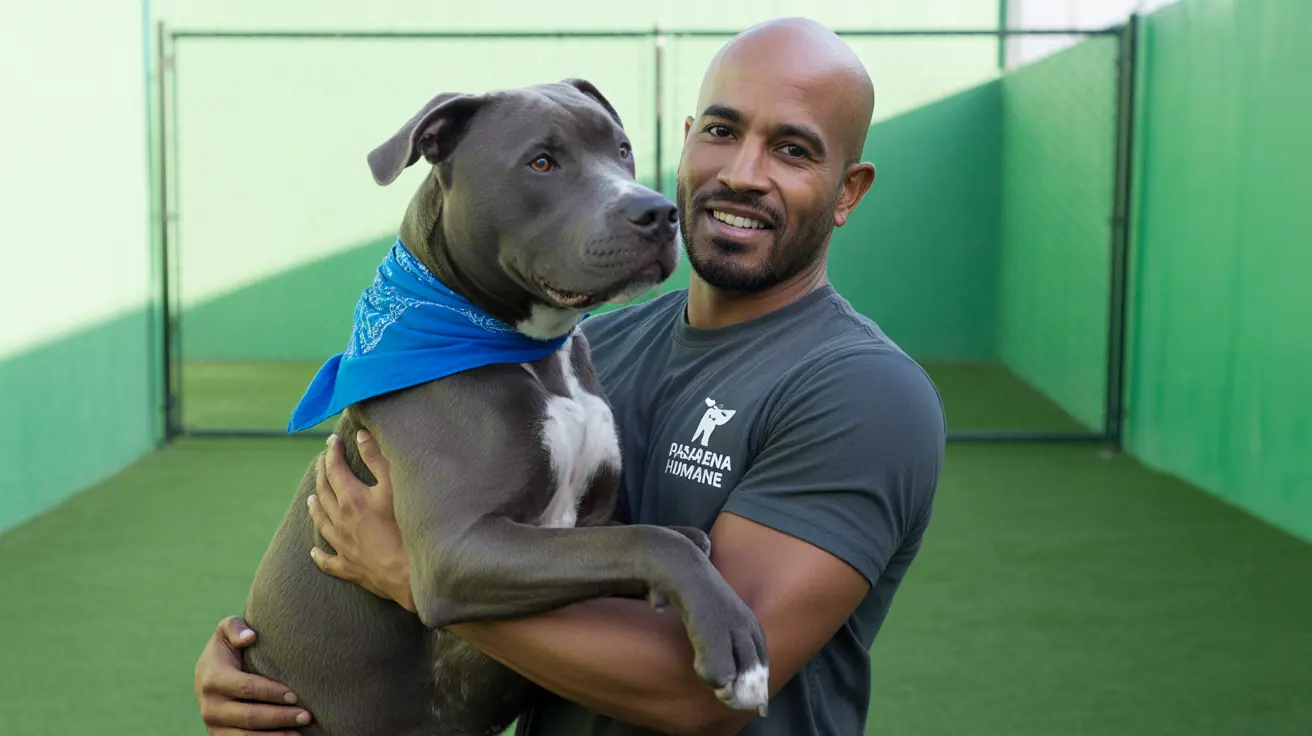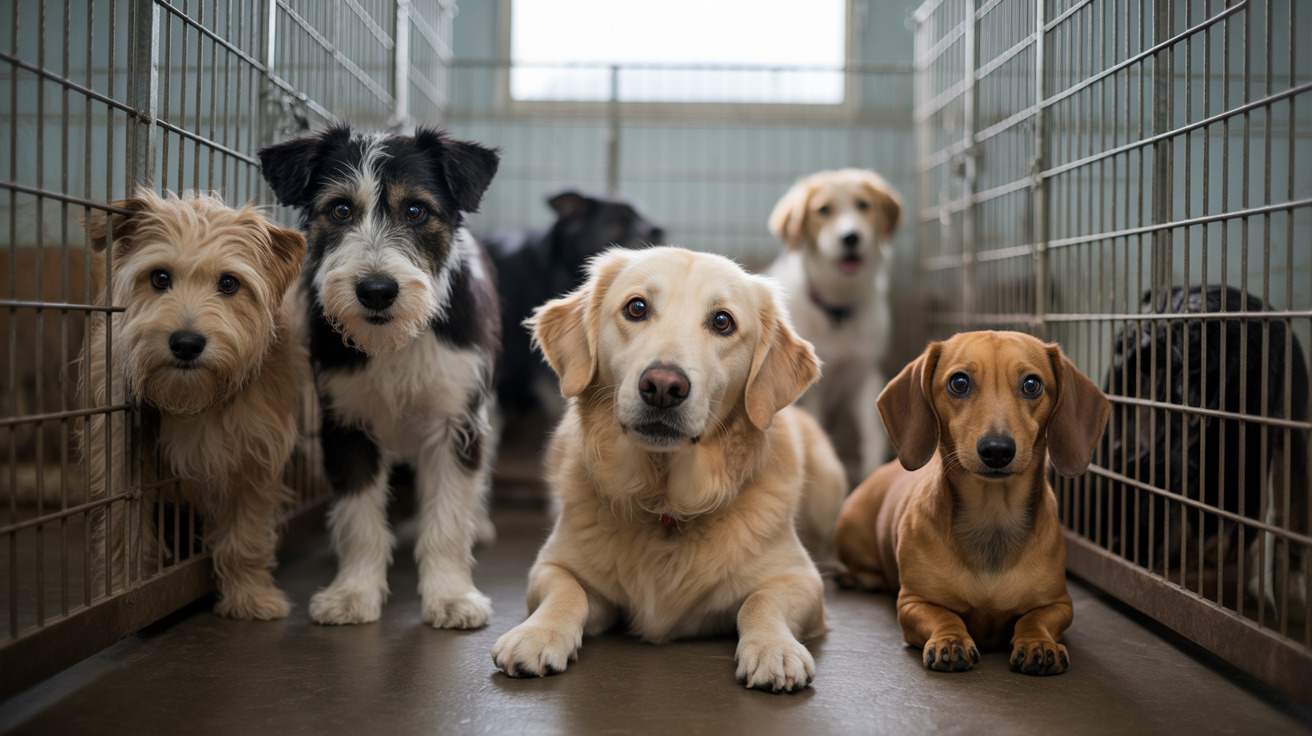Most Feared Dog Breeds: Understanding Reputation and Risk
Dogs are known as man's best friend, but some breeds carry a reputation for being dangerous or aggressive. While it's important to recognize that any dog can exhibit aggressive behavior under certain circumstances, specific breeds are more commonly associated with severe attacks. This is often due to a combination of physical strength, innate temperament, and breeding history. Below, we explore some of the most feared dog breeds based on historical data, behavioral tendencies, and reported incident statistics.
1. American Pit Bull Terrier
Pit bulls are frequently cited in dog attack statistics. Despite making up only about 6% of the U.S. dog population, they have been responsible for approximately two-thirds of fatal dog bites over several years. Their bite force is around 235 PSI, and their past as fighting dogs contributes to their notoriety. Many pit bulls are friendly and well-behaved when properly trained, but their physical power and tenacity make ownership a serious responsibility.
2. Rottweiler
Powerful and protective, Rottweilers have a bite force of up to 328 PSI. While they are loyal companions when socialized and trained appropriately, their territorial instincts pose a risk. They are involved in a significant portion of fatal dog attacks and are often subject to legal restrictions.
3. German Shepherd
Known for their loyalty and intelligence, German Shepherds also feature in attack statistics due to their protective nature and high bite force. Originally bred as working dogs, inadequate training or pain can increase their aggression levels.
4. Siberian Husky
Although generally friendly, Huskies retain prey instincts and independence from their sled-dog heritage. They have been involved in attacks against children and animals, particularly when not adequately exercised or mentally stimulated.
5. American Bulldog
Muscular and strong, American Bulldogs have a strong bite and a guard dog heritage. Though involved in fewer fatal attacks than pit bulls, their sheer power makes them dangerous without training and early socialization.
6. Bullmastiff
With a massive build and up to 552 PSI bite force, Bullmastiffs command respect. They were bred to guard property and have a calm demeanor, but their towering size and potential for aggression require firm handling from experienced owners.
7. Labrador Retriever
Surprisingly included in some reports, Labradors are generally friendly but can become aggressive when not properly trained. Their large size and powerful jaws (about 230 PSI) can lead to injuries during incidents.
8. Boxer
Energetic and muscular, Boxers tend to be protective and react to perceived threats. Although fatalities are rare, non-fatal bites are on record. They require consistent training to avoid defensive behavior.
9. Doberman Pinscher
Dobermans are large, sharp, alert, and bred for protection. Their bite can reach up to 600 PSI. Without early training, they can become suspicious and reactive to strangers, which contributes to fear around this breed.
10. Alaskan Malamute
Often confused with Huskies, Malamutes are bigger and more powerful, with a bite strength up to 400 PSI. Their high energy, stubborn nature, and strength require consistent training and containment to manage risk.
Common Factors Behind Dog Aggression
- Lack of socialization and training
- Territorial behavior or protection tendencies
- Poor environment and responsible ownership
- Mating status: unneutered dogs have a higher tendency to exhibit aggressive behavior
- Children are at higher risk due to their size and unpredictable movements
Final Thoughts
While certain breeds are statistically linked to more serious incidents, it's important to remember that dog behavior is heavily influenced by ownership, training, and environment. Proper socialization, adherence to local laws, and a deep understanding of the breed are necessary for safe domestication. Owning a large or potentially dangerous dog breed demands responsibility, awareness, and consistent training.





